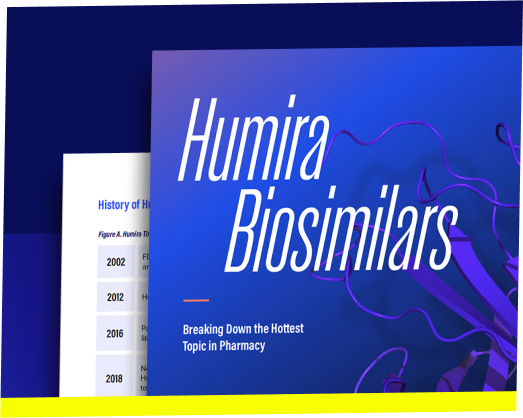“When your organization asks for a lowest-net-cost formulary, what you’re really saying is, “I want the deepest contractual discounts aligned with my formulary without disruption.”
See this article as it originally appeared in MedCity News
It might seem like a lowest-net-cost formulary would be made up of clinically equivalent agents with the lowest overall cost. But in the complex world of drug pricing and pharmacy benefits, that is not the case.
Lowest-net-cost formularies are a good way for organizations to lower their pharmacy spend. These formularies substitute clinically sound, chemically identical drugs such as generics or lower-priced brands in order to minimize cost. This is the opposite strategy of maximizing rebates, which often accompany drugs with the highest prices. That’s what lowest-net-cost means: the actual price after rebates are applied.
Surprisingly, there are often clinically identical drugs with a lower price point that do not appear on lowest-net-cost formularies. The reason is that even a lowest-net-cost formulary generally includes popular drugs. These drugs may be lower in cost, but are often not the lowest-net-cost drugs to treat a condition.
Underutilized Lowest-Net-Cost Drugs
In some of the most popular rebated biologic categories, a handful of drugs make up more than half the market share. Even lowest-net-cost formularies include them.
There may be equivalent drugs that are much cheaper, but no one uses them. Prescribers don’t prescribe them because they want to be sure the drugs they prescribe are covered. Formularies don’t include them because they want to minimize the disruption sending patients to more obscure drugs and maximize rebate retention. It’s a feedback loop.
Patients who take a well-known drug for years don’t like being forced to change, even to a significantly cheaper equivalent drug. Plus, since the savings go to the employer or health plan, the patient has no incentive to change.
When your organization asks for a lowest-net-cost formulary, what you’re really saying is, “I want the deepest contractual discounts aligned with my formulary without disruption.” That’s a reasonable choice to make for some organizations. It just shouldn’t be confused with actually getting the lowest-net-cost drugs.
The Disruptive Effects of High-Cost Drugs
While shifting to a new, clinically equivalent medication is disruptive for patients, the healthcare costs for many organizations is rising so rapidly that making this type of change is the most appealing option. It’s easy to see the potential for savings in the utilization data. Every category has a handful of drugs that make up 90 percent of the utilization. There are usually lowest-net-cost alternatives to those drugs that simply aren’t as well known.
For instance, a biologic can easily cost $100,000 per year. There may be a similar biologic or biosimilar available that costs $35,000 per year to treat the same condition. Switching a member from one to the other should have no clinical impact, but is likely to be unpopular. However, the cost difference is so significant that PBMs are beginning to incentivize patients to use biosimilars. Organizations that want to optimize for the lowest-net-cost drugs can do the same.
How to Make the Switch
Benefit managers and brokers tend to prefer to stay with lowest-net-cost formularies because they don’t want to rock the boat by actively pursuing the lowest-net-cost drugs. I get it. But I often ask them, “Do you realize your formulary has high-cost generics? Do you realize your formulary has non-FDA-approved drugs on it, or multi-source brands that are unrebated that you’re paying a lot of money for, and that others are profiting off of your data? Do you know your formulary likely includes high-cost reformulations of cheaper and often generic drugs?”
In a healthcare system in which costs are rising and it often feels like options are very limited, switching from a lowest-net-cost formulary to lowest-net-cost drugs is one lever you can pull. There are a few ways to do this. You can ask your PBM to make changes to your formulary to include specific lowest-net-costs drugs.
If your PBM declines, health plans can create their own formulary, and many do. At the very least, you can ask your PBM to share more of the rebate dollars from your lowest-net-cost formulary. Because despite the lowest-net-cost moniker, rebates are still the name of the game for these formularies.
About the Author
Ralph Pisano
Ralph Pisano, RPh, is president of RemedyOne, a formulary and rebate optimization company that helps employers and health plans determine which drugs to cover at what price in order to lower costs without affecting clinical outcomes.
As a pharmacist with two decades of experience in managed care, Ralph has helped significantly lower medical and pharmacy costs while improving outcomes through various programs covering millions of lives.
Ralph’s working knowledge of the entire system, including trade activity and manufacturer contracting, enable him to spearhead RemedyOne’s clinical strategies, formulary management and operations, and rebate contracting. He’s a leader in educating others on the healthcare complexities within our system, and creating new vehicles for traversing those complexities by envisioning and developing new RemedyOne products and services.









